Have you ever noticed how time seems to fly differently when you’re with your dog? One minute they’re a playful puppy bouncing around your ankles, and the next, they’re sporting a distinguished gray muzzle that makes your heart skip a beat. As someone who’s loved and lost more dogs than I care to count, I’ve learned that while every single day with our furry companions is precious, some breeds naturally have more days to share with us than others.
Typically, the smaller the breed, the longer their life expectancy. But it’s not just about size – genetics, facial structure, and even breeding practices play fascinating roles in determining how long our four-legged family members will grace our lives. Whether you’re choosing your next furry soulmate or simply curious about canine longevity, understanding these differences can help you make the most of every tail wag, every belly rub, and every quiet moment on the couch together.
Chihuahua – The Tiny Titan That Lives Large
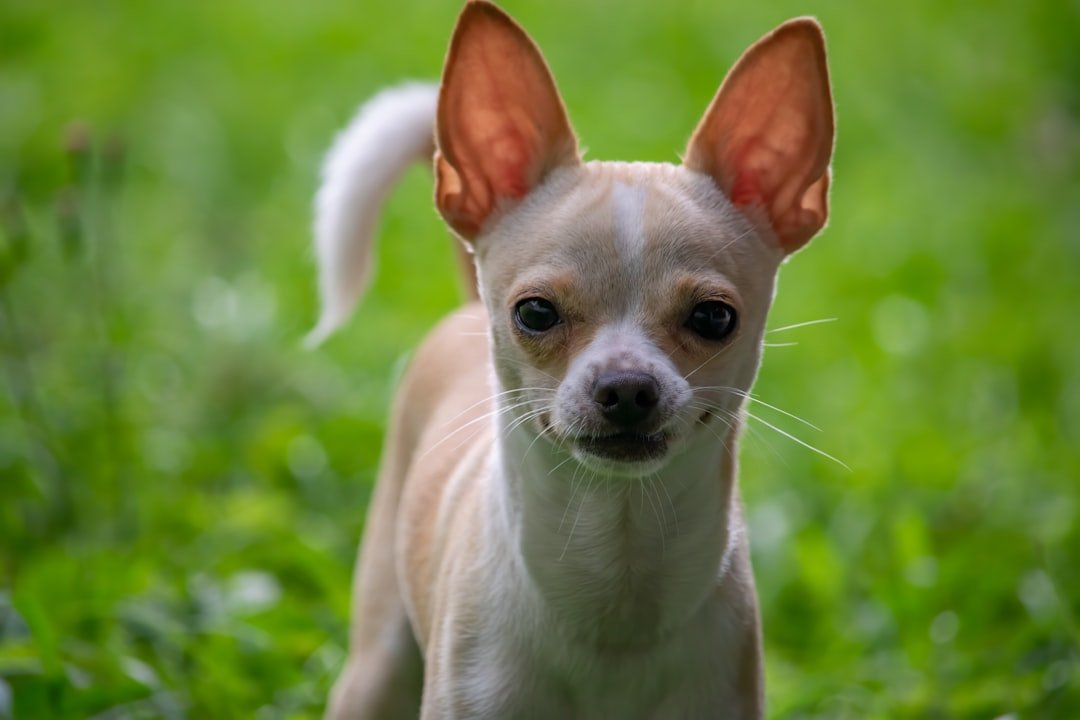
Chihuahuas are the smallest dog breed in the world, and can live for an average of 14-18 years. These pint-sized powerhouses pack more personality per pound than any other breed I know. Don’t let their delicate appearance fool you – Chihuahuas are surprisingly hardy little dogs.
What makes them such longevity champions? Their tiny frames put less stress on their organs and joints compared to larger breeds. These pups tend to get attached to one person, and will stick by your side from 12 to 20 years. With proper care and regular vet checkups, your Chihuahua could very well be your faithful companion through two decades of life’s ups and downs.
Toy Poodle – Intelligence Meets Longevity
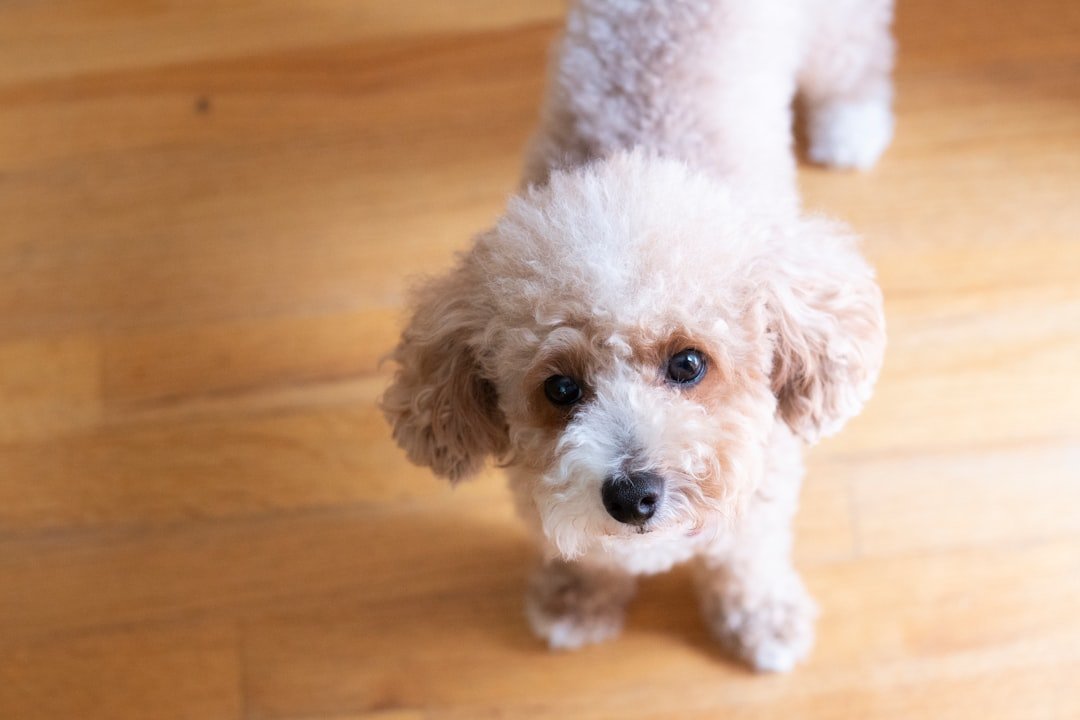
Toy Poodles are the smallest of the three Poodle sizes (the other two being the Standard and Miniature Poodle), and therefore the dogs with the longest lifespan. Though small, Toy Poodles have a big personality and an even bigger brain – they are so smart that basic training and complicated tricks can be taught relatively easily.
Chihuahuas and Toy Poodles are among the longest-lived breeds, often reaching 20 years. Keeping them healthy with regular vet visits and good food can maximize their lifespan. Their curly, hypoallergenic coats and sharp minds make them perfect companions for families dealing with allergies who want a long-term furry friend.
Shih Tzu – The Little Lion With a Big Heart

These Tibetan dogs, despite being brachycephalic, will most of the time celebrate their 18th birthday with you. Shih Tzus are remarkable because they buck the trend that flat-faced dogs typically have shorter lifespans. Their sturdy little bodies and surprisingly robust health make them exceptions to this rule.
Friendly and bred to be companion dogs, these dogs originated in China and have since made great pets to people all over the world, living from 10 to 16 years. Their flowing coats and gentle temperament make them ideal therapy dogs, spreading joy well into their teens.
Yorkshire Terrier – Small Dog, Big Attitude
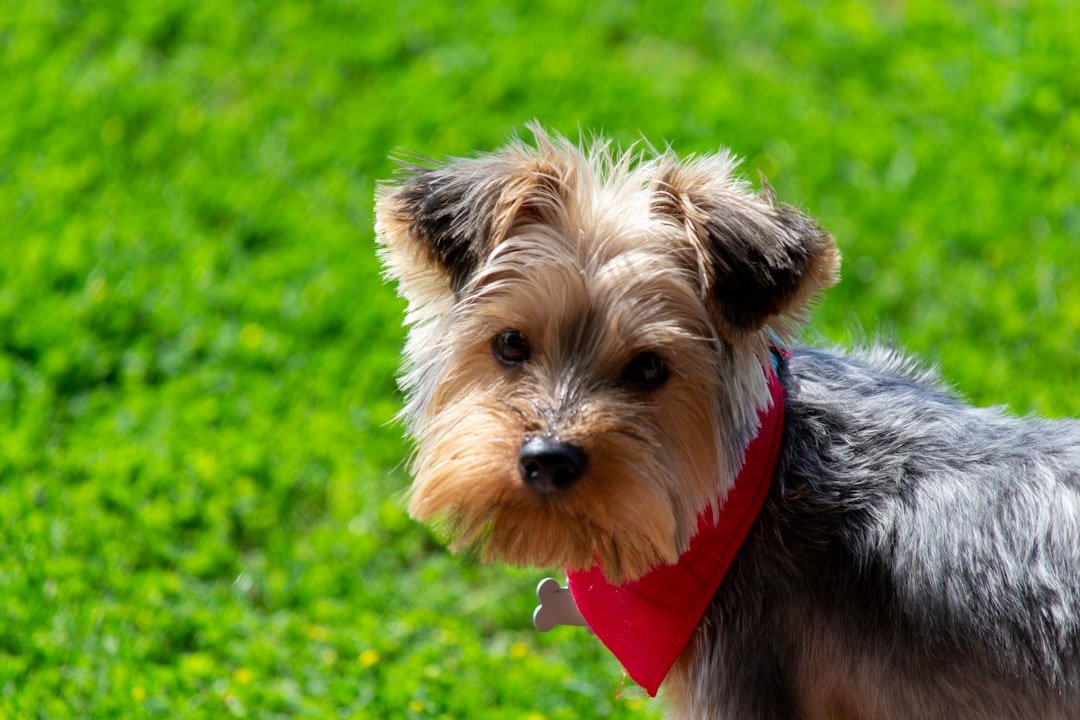
Affectionate, bold, and curious Yorkshire Terriers are always ready for an adventure, though they can be stubborn and aren’t shy about raising their voice. These tiny terriers are known to be a fairly healthy breed, but they are also prone to some health problems, such as patellar luxation and tracheal collapse.
Despite their potential health challenges, Yorkies are surprisingly resilient. Their feisty spirit seems to fuel their longevity, and many live well into their mid-teens. Regular dental care and weight management are key to helping these little warriors live their longest, healthiest lives.
Bichon Frise – The Cotton Ball Companion

They are curious, peppy, and social dogs who love to play with their favorite toys, snuggle up on the couch with their family, and learn fun tricks. Although Bichon Frise can live well into their teens, this long-living dog breed is prone to conditions including diabetes mellitus, dental disease, and cataracts.
These fluffy white clouds of joy bring sunshine to any home for a remarkably long time. Their playful nature and social butterfly personalities help them stay mentally stimulated and physically active, which contributes significantly to their impressive longevity.
Australian Cattle Dog – The Working Wonder
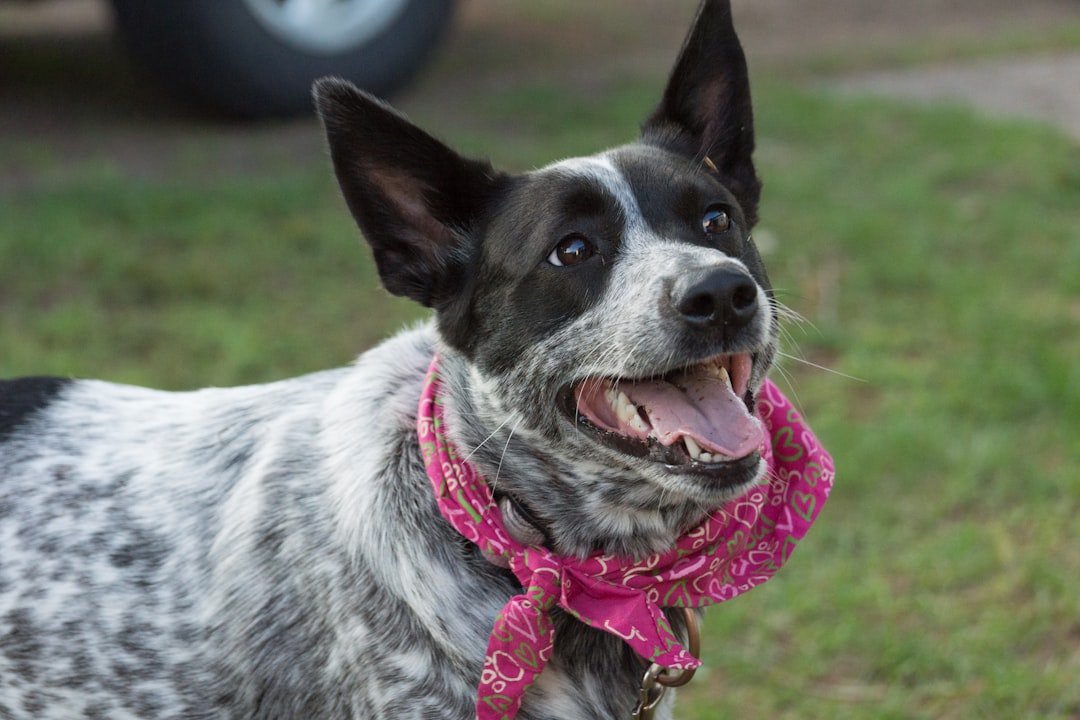
As a medium-size breed, Australian Cattle Dogs boast an impressive lifespan. These smart and high-energy pups love being outdoors and having a job to do, whether that’s herding on a ranch or running an agility course. Australian Cattle Dogs are a hardy breed, but can develop progressive retinal atrophy and hip dysplasia as they age.
The most well-known and longest-living dog in history is Bluey, an Australian Cattle Dog who lived in Victoria, Australia. Born in 1910, Bluey lived an incredible 29 years and 5 months before passing away in 1939. This incredible dog spent nearly two decades working as a herding dog before retiring. Bluey’s remarkable lifespan has earned him a spot in the Guinness World Record as the longest-living dog of all time.
Beagle – The Merry Hunter
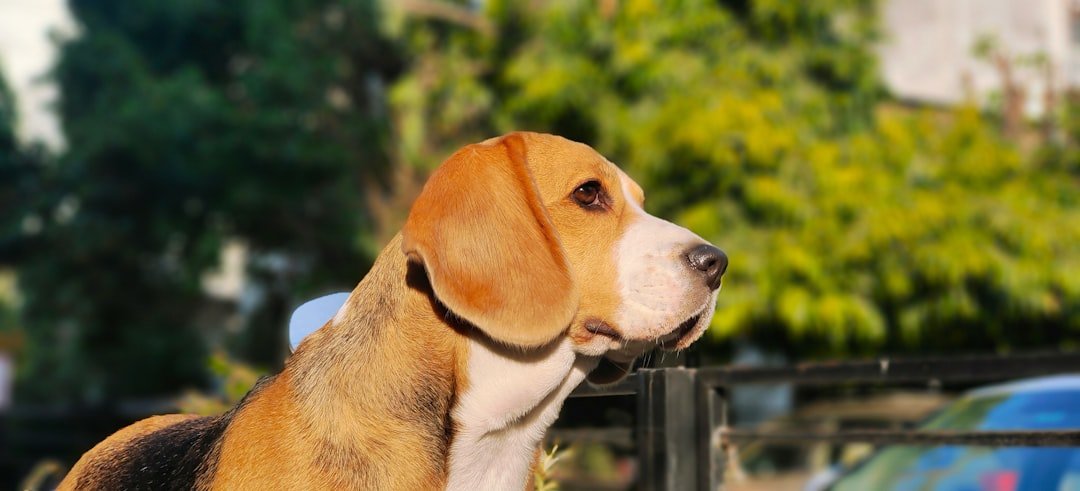
Curious and friendly Beagles love to be outside. But when you take them out for an adventure, these hounds need to stay on a leash or within a fenced-in yard because their high prey drive (developed from years of being bred for hunting) means they might dart off after a neighborhood squirrel. Beagles are prone to a few health conditions, including ear infections, so it’s important that pet parents keep their dogs’ floppy ears clean.
Their medium size and robust constitution make Beagles excellent candidates for longevity. Their cheerful disposition and love of exploration keep them mentally and physically engaged throughout their lives, contributing to their impressive lifespans.
Miniature Dachshund – The Little Sausage That Could
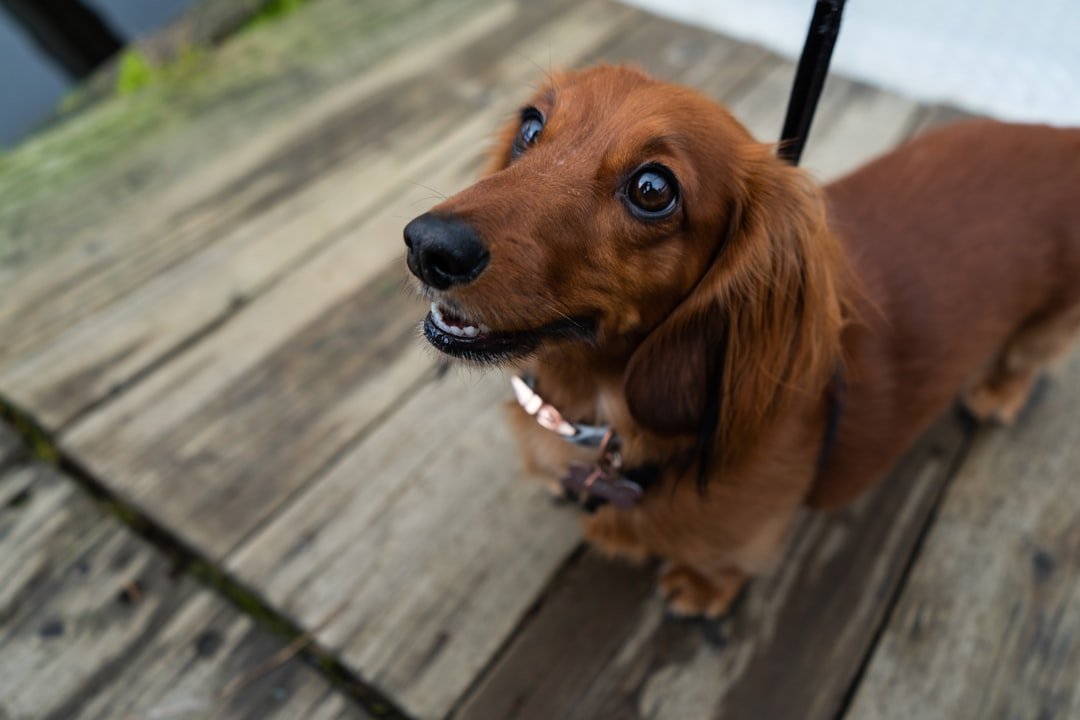
The longest living breeds were found to be the Lancashire Heeler (15.4 years), Tibetan Spaniel (15.2 years), and Miniature Dachshund (14.0 years). These low-riding, long-bodied charmers are living proof that good things come in unusual packages.
Long-bodied Dachshunds get their nickname “wiener dogs” from their lengthy torso. While their unique build can predispose them to back problems, proper care and weight management can help minimize these risks and allow them to enjoy their naturally long lifespans.
Shiba Inu – The Ancient Survivor

A hunting breed from Japan, it has an average lifespan of 13-16 years. The Shiba Inu is an ancient breed, but these foxy-faced dogs are one of the internet’s most famous dogs (we’ve all seen the doge meme).
The average life expectancy of a Shiba Inu is around 12 to 15 years, especially when given lots of walks. With good health, these pups can live longer, with the oldest known Shiba, named Pusuke, dying at the age of 26 in 2011. Their independent nature and ancient genetics contribute to their remarkable resilience and longevity.
Lhasa Apso – The Tibetan Treasure
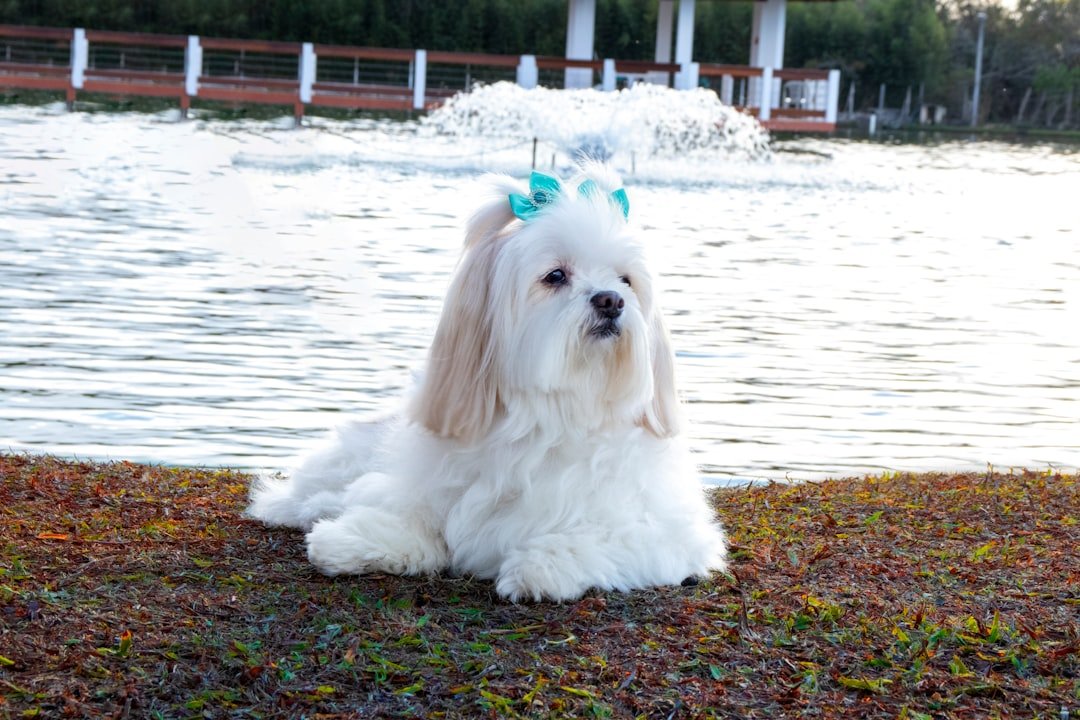
The Lhasa Apso breed can easily be spotted thanks to its long hair, small size, and loud, but squeaky bark. They are pretty easy to train, but tend to be suspicious of strangers, making them great guard dogs despite their size. Their cautious personality has helped them survive over the years, and can live up to 20 of them.
Originally bred as guard dogs in Tibetan monasteries, Lhasa Apsos developed incredible hardiness to survive in harsh mountain conditions. This resilience translates beautifully to modern life, where their alert nature and robust health help them thrive for decades.
Great Dane – The Gentle Giant With a Heavy Heart
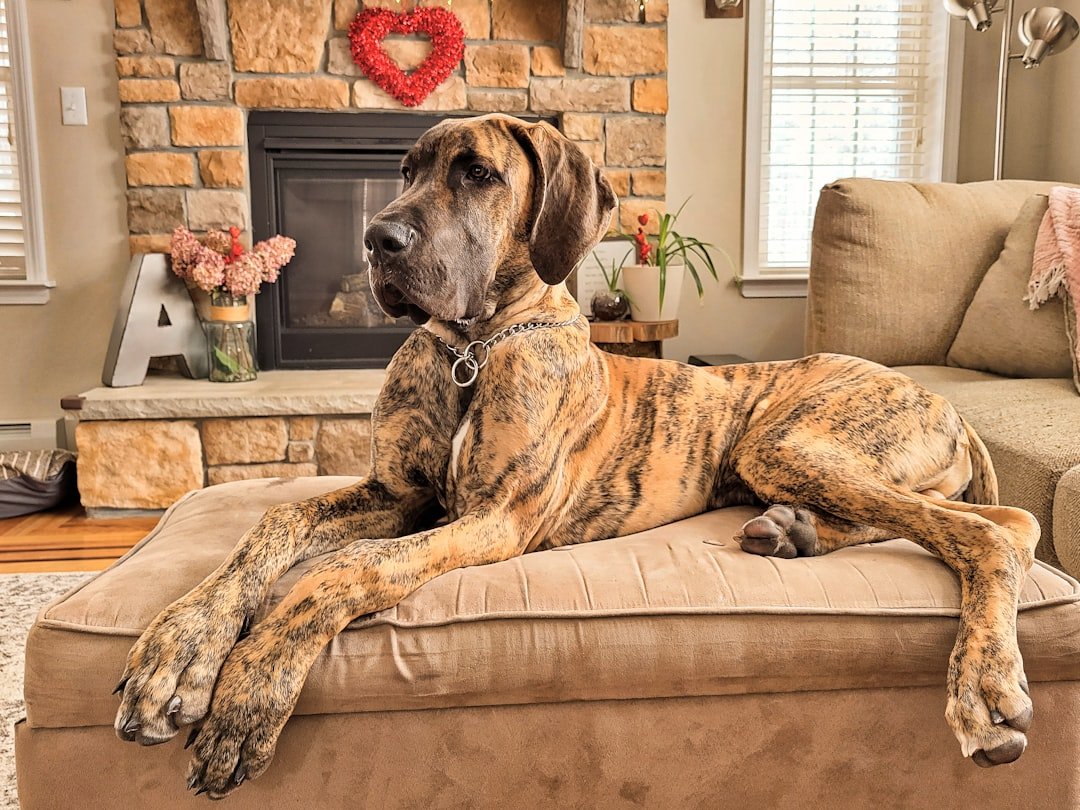
For such big dogs, Great Danes sure get the short end of the stick when it comes to longevity. Great Danes live between 8-to-10 years, with some living only 6 or 7 years, and a lucky few reaching the ripe old age of 12. Compared to small dogs, which can live almost twice as long, this hardly seems fair.
A 2024 UK study found the average life expectancy of the breed to be 10.6 years, compared to an average of 12.7 for purebreeds and 12 for crossbreeds. A 2005 Swedish study of insurance records found 83% of Great Danes died by the age of 10, higher than the overall rate of 35% of dogs dying by the age of 10. Dilated cardiomyopathy and many congenital heart diseases are also commonly found in the Great Dane, leading to its nickname: the heartbreak breed, in conjunction with its shorter lifespan.
French Mastiff (Dogue de Bordeaux) – The Shortest Candle Burns Brightest
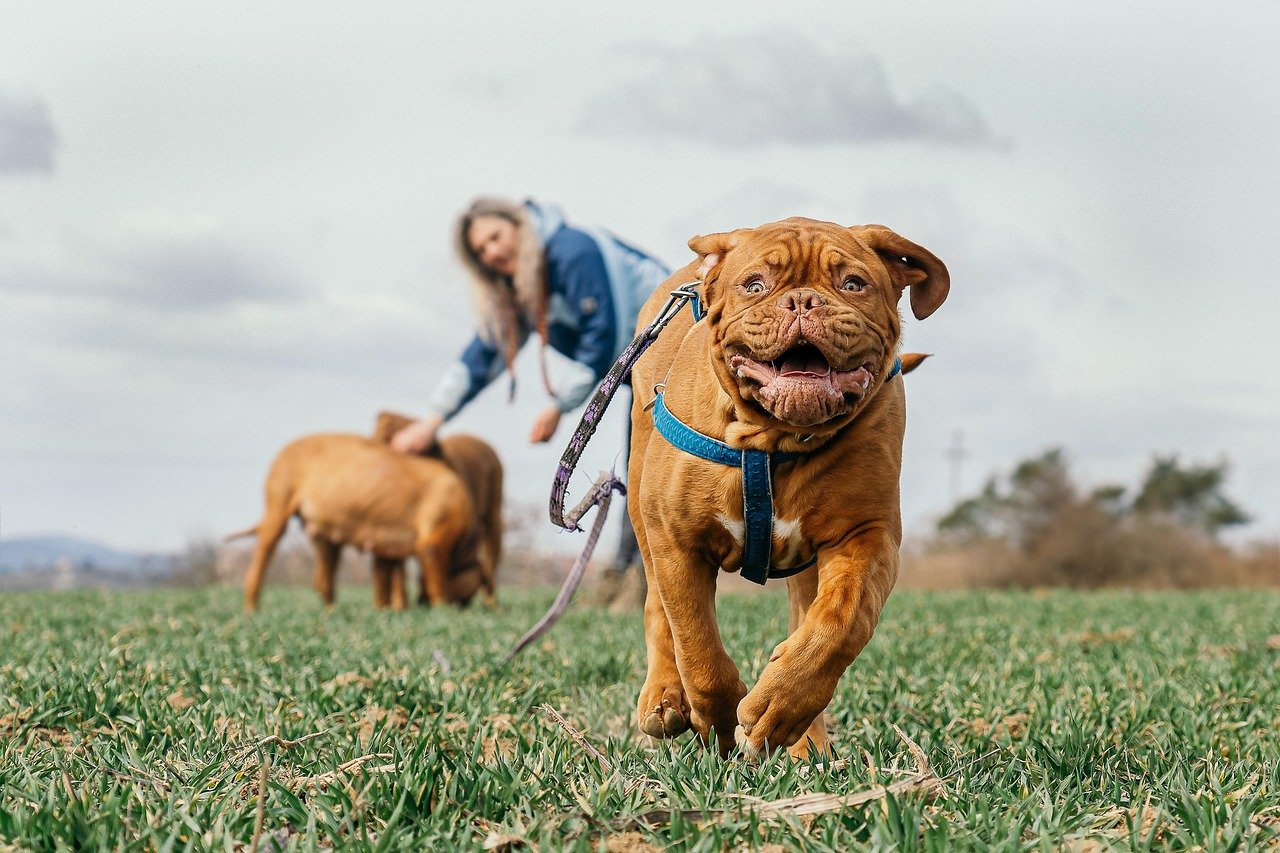
French Mastiff – These giant dogs from Bordeaux, France are considered to be the shortest-living dog breed. It has an average lifespan of 5-8 years. Unfortunately, their extremely robust body composition and morphology predispose them to a series of diseases that shorten their life expectancy. The average lifespan of the Dogue de Bordeaux is between 5 and 7 years. When breeders carry out the necessary procedures to prevent the spread of hereditary diseases and they are given the right level of care by their guardians, some Bordeaux mastiffs manage to live more than 8 years.
These massive, wrinkled beauties steal hearts quickly because they have to. Their gentle nature and protective instincts pack a lifetime of love into just a few precious years, making every moment with them incredibly meaningful.
Irish Wolfhound – The Noble Hunter’s Brief Reign

Irish Wolfhound – This wolf hunter from Ireland, is one of the largest dog breeds in the world and has an average lifespan of 6-8 years The Irish Wolfhound’s average lifespan is just 6 to 8 years. These giant dogs are prone to heart problems and other age-related issues. Their sheer size plays a major role in why they don’t live as long as smaller dog breeds.
Standing tall as one of the largest breeds in the world, Irish Wolfhounds carry themselves with incredible dignity despite their short time with us. Their gentle, noble nature and impressive stature make them unforgettable companions, even if that companionship is heartbreakingly brief.
Bernese Mountain Dog – The Swiss Sweetheart
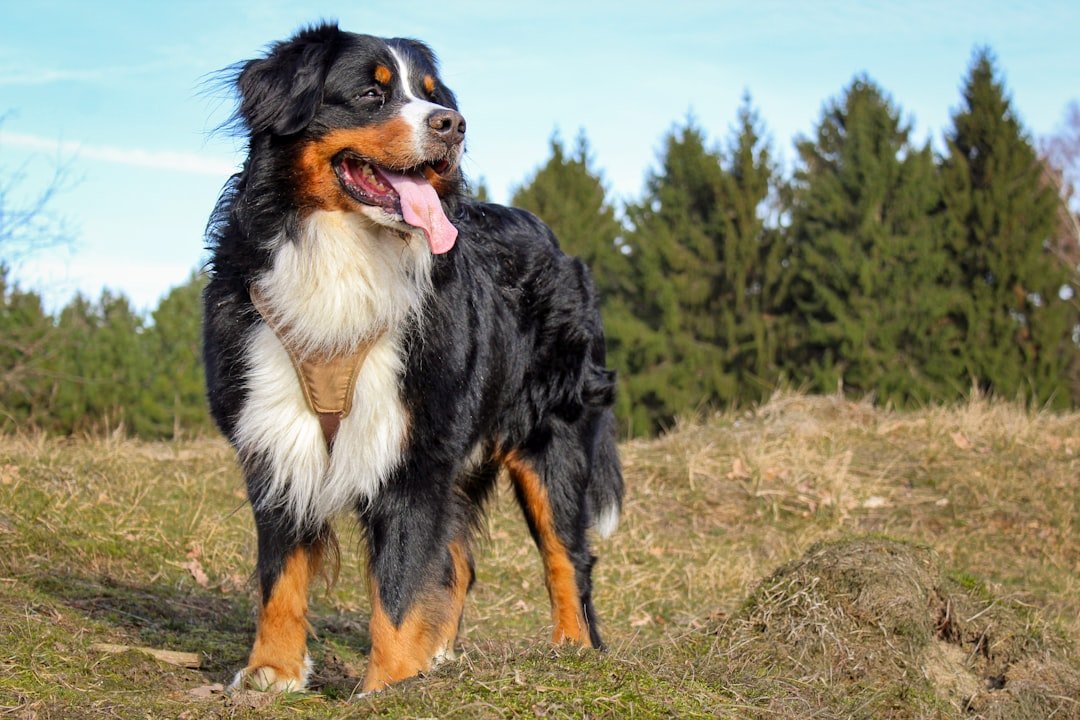
Bernese Mountain Dog – This Swiss farm dog is another breed with a short lifespan, living an average of only 7-10 years With an average life expectancy of 6 to 8 years, the Bernese Mountain Dog is prone to certain health concerns like cancer and joint issues. Despite their short time with us, they remain one of the most beloved breeds for their friendly and gentle nature.
These tri-colored beauties are living proof that quality matters more than quantity. Their sweet temperament, intelligence, and devotion to family create bonds so strong that even their shorter lifespans feel like a lifetime of love concentrated into precious years.
Bullmastiff – The Loyal Guardian’s Short Watch

Although the Bullmastiff can be a loving companion during their lifetime, guardians of this breed can expect to be heartbroken early thanks to an average lifespan of 7 to 8 years. A high prevalence of joint, skin, gastric, ocular and metabolic problems has also been recorded in this breed.
The strong and loyal Bullmastiff lives around 8 to 10 years. Their large size and predisposition to health issues like heart problems and joint issues contribute to their shorter lifespan. But with their protective and calm demeanor, these pups make the most of their time with their families. Their unwavering devotion and gentle strength with children make every year feel precious.
Saint Bernard – The Alpine Angel
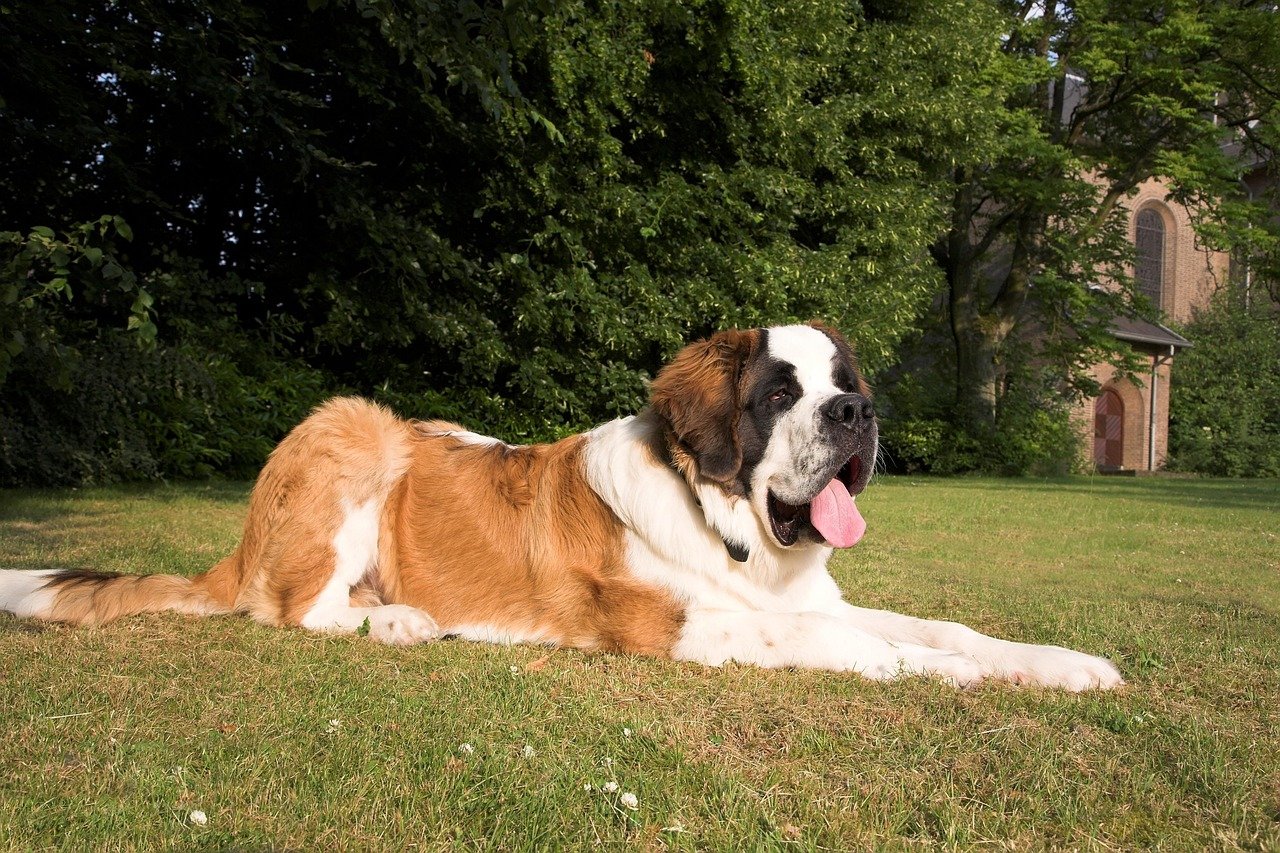
Saint Bernards live only 8 to 10 years. Their large bodies can lead to health issues such as canine hip dysplasia and heart problems. Saint Bernards and Mastiffs have an average lifespan of 6 to 12 years.
These rescue dogs from the Swiss Alps carry their heritage of saving lives into modern families, where they save hearts instead. Their patient, gentle nature with children and protective instincts make them beloved family guardians, even though their watch is tragically short.
Newfoundland – The Gentle Water Bear
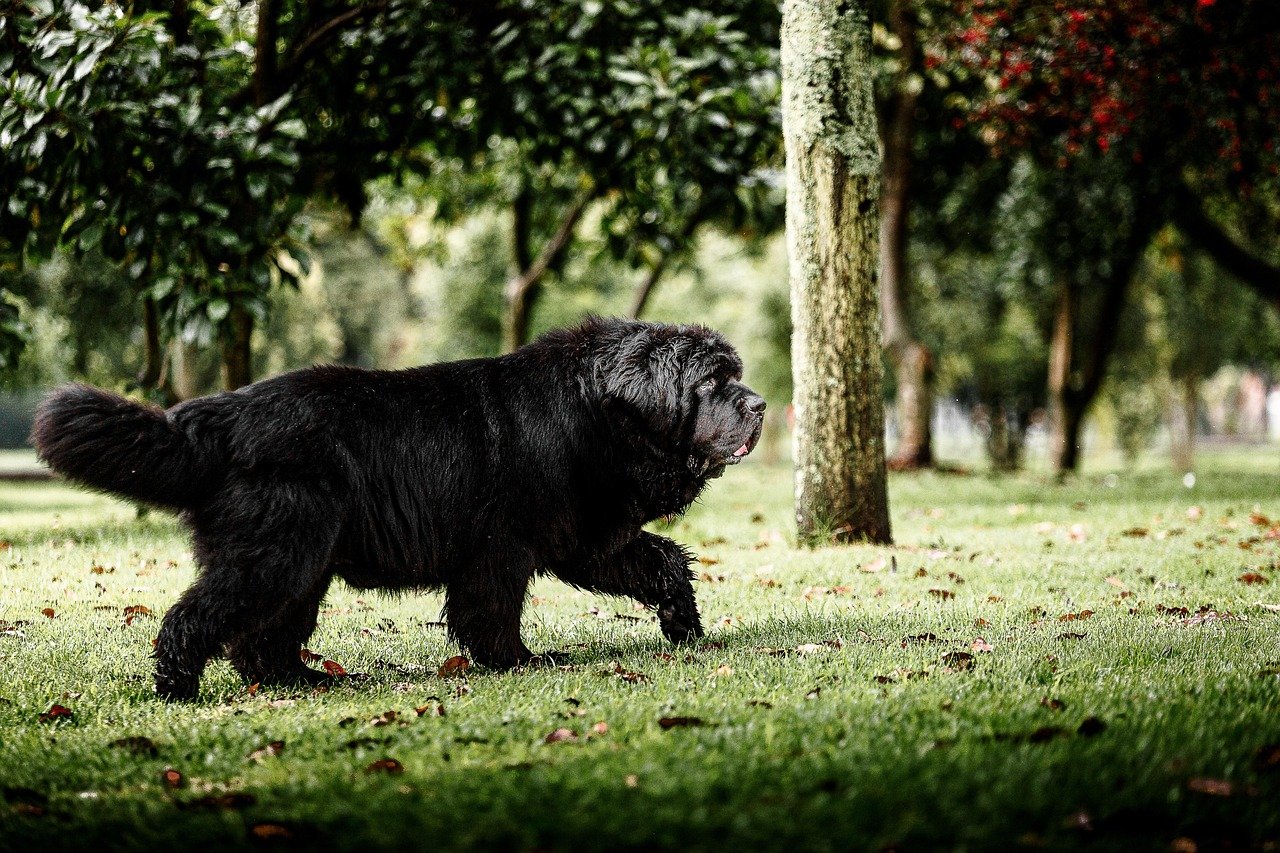
Newfoundlands, known for their love of water and sweet nature, have a life expectancy of 8 to 10 years. These dogs can suffer from heart conditions and joint problems, which can shorten their time with us. Even with their shorter lifespan, they leave a lasting impression on anyone lucky enough to meet them.
These massive, bear-like dogs from Canada are natural lifeguards with webbed feet and incredible swimming abilities. Their calm, patient temperament and protective nature make them exceptional family dogs, creating profound bonds despite their limited time.
Neapolitan Mastiff – The Ancient Roman Warrior

The Neapolitan Mastiff, with its impressive wrinkles and muscular build, has a lifespan of about 7 to 9 years. These large dogs often face health struggles like spinal disease, gastric torsion, and heart disease, contributing to their shorter lives. Despite that, they are well-loved for their affectionate nature and protective instincts.
The median age of death found by Adams et al., (2010) was 11 years and 3 months varying by breed with a wide varying median age at death across the Mastiff group including; Neapolitan Mastiff 2.33 years, Dogue de Bordeaux 3.83 years, Great Dane 6.5 years, Mastiff 6.83 years, Bull Mastiff 7.46 years and Tibetan Mastiff 11. Their dramatic appearance and loyal hearts create unforgettable impressions in their brief but meaningful lives.
English Mastiff – The Gentle Giant
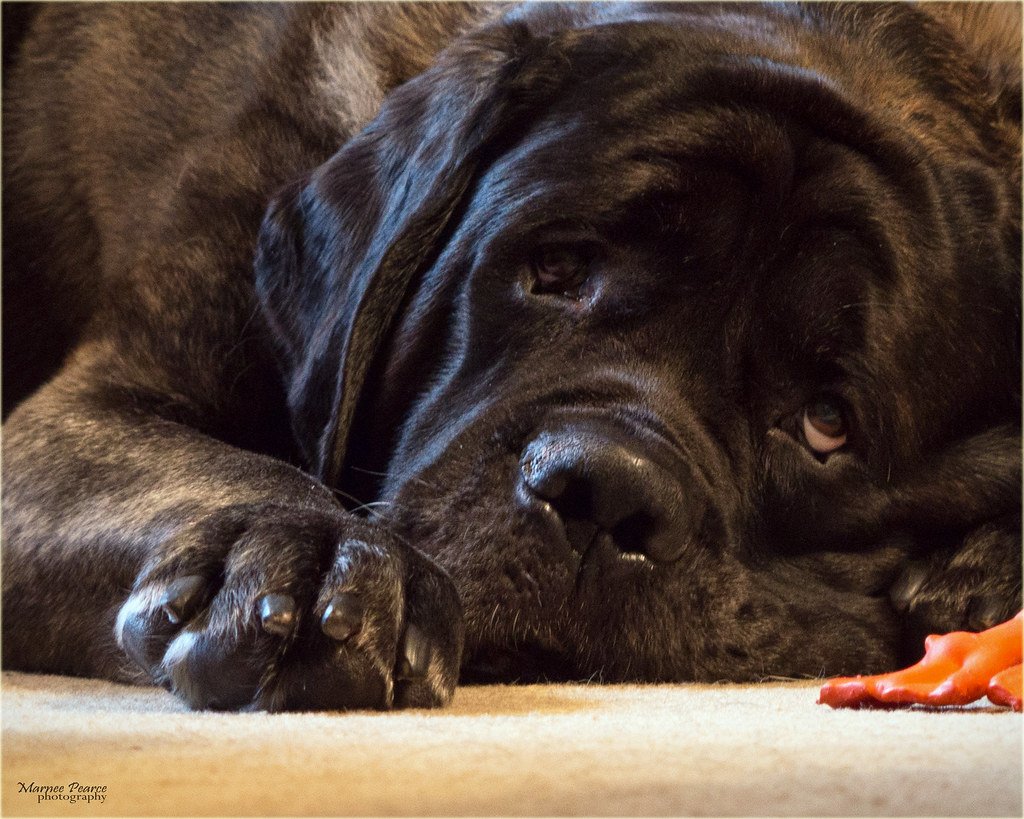
Great Dane 6.5 years, Mastiff 6.83 years, Bull Mastiff 7.46 years shows that English Mastiffs typically live between six to eight years. Large breeds like the Great Dane and English Mastiff live for an average of 8-13 years.
These massive dogs, often weighing over 200 pounds, are known as “gentle giants” for good reason. Their calm, dignified presence and surprising gentleness with small children create powerful emotional bonds that make their shorter lifespans feel especially poignant.
Caucasian Shepherd – The Mountain Guardian
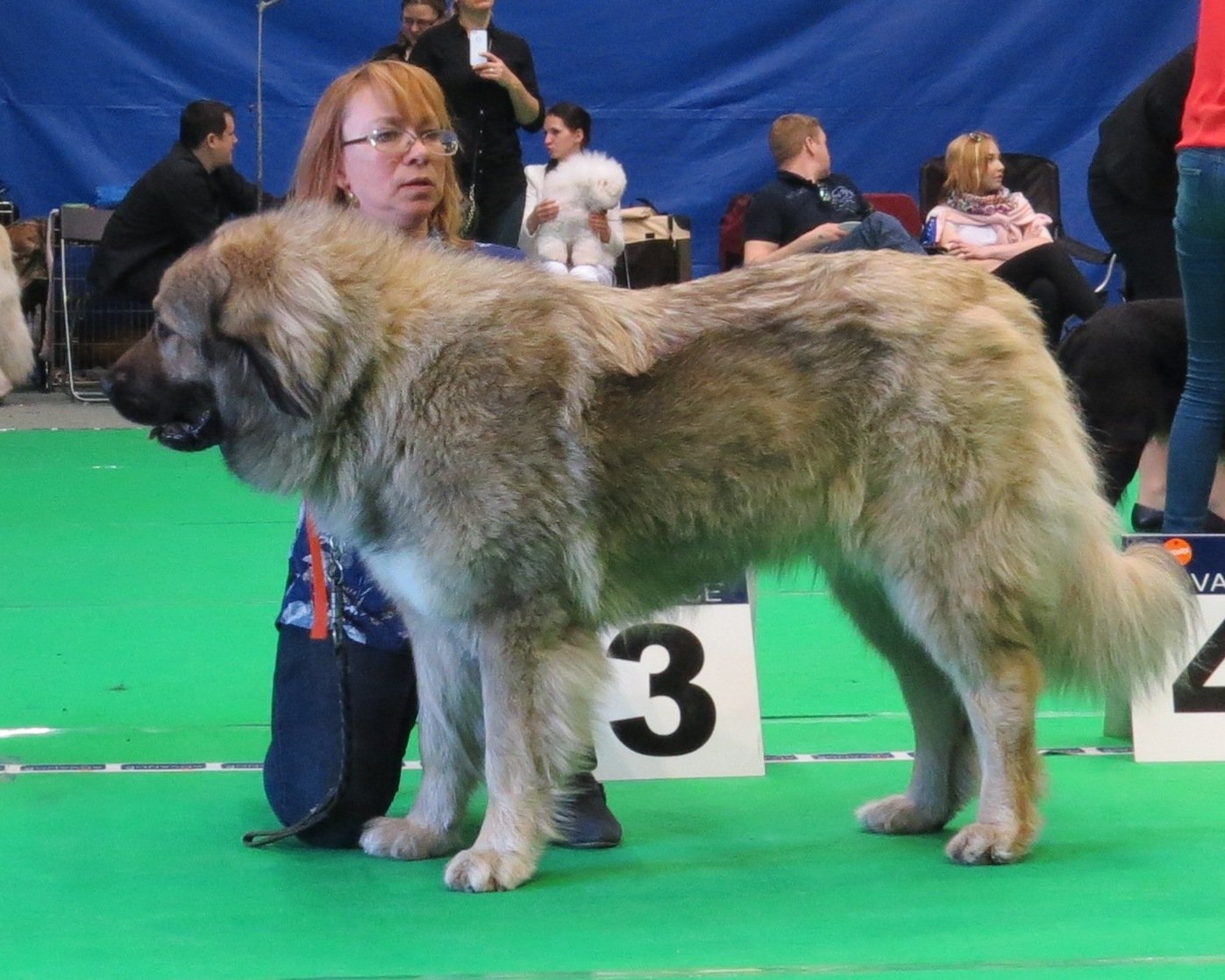
The dog breeds with the lowest median lifespans are the Caucasian Shepherd (5.4 years), Presa Canario (7.7 years) and Cane Corso (8.1 years). The Caucasian Shepherd holds the unfortunate distinction of having one of the shortest lifespans among all dog breeds.
These massive livestock guardian dogs from the Caucasus Mountains were bred to protect flocks from wolves and bears. Their incredible size and protective instincts come with the price of a very brief life, making each year with these magnificent guardians incredibly precious and rare.
Why Size Matters in Canine Longevity
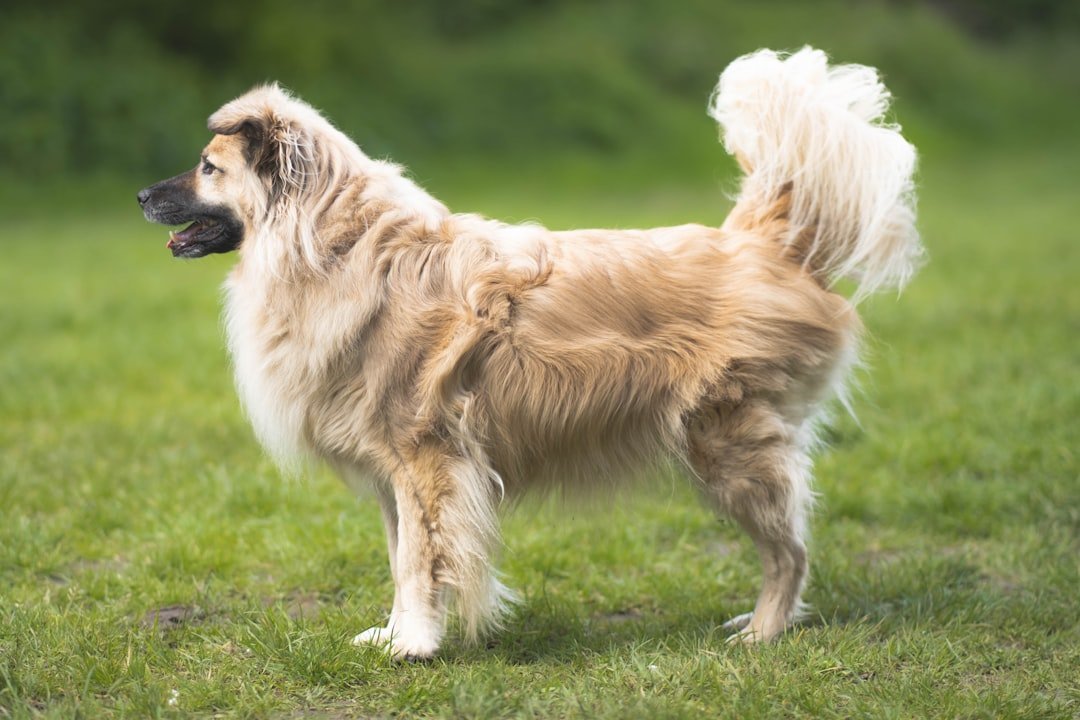
Dogs that live the longest (mostly small breeds) can often reach their late teens or even early 20s, while extra-large breeds like Great Danes and Newfoundlands typically only live about 7-10 years. Scientists do not yet understand the exact reasons behind this contradiction, although they have a few theories, but they do know that large dogs appear to age faster than small dogs. It is almost as if large dogs live their adult lives in fast motion, and for better or for worse, the bigger the dog, it seems, the less time we have with them.
Smaller dogs age more slowly and experience fewer growth-related health issues. Large breeds grow rapidly, leading to joint problems and organ stress, which shortens their lifespan. The rapid growth of large breeds puts enormous stress on their bodies, causing organs to work harder and joints to wear out faster than their smaller counterparts.
Making Every Moment Count
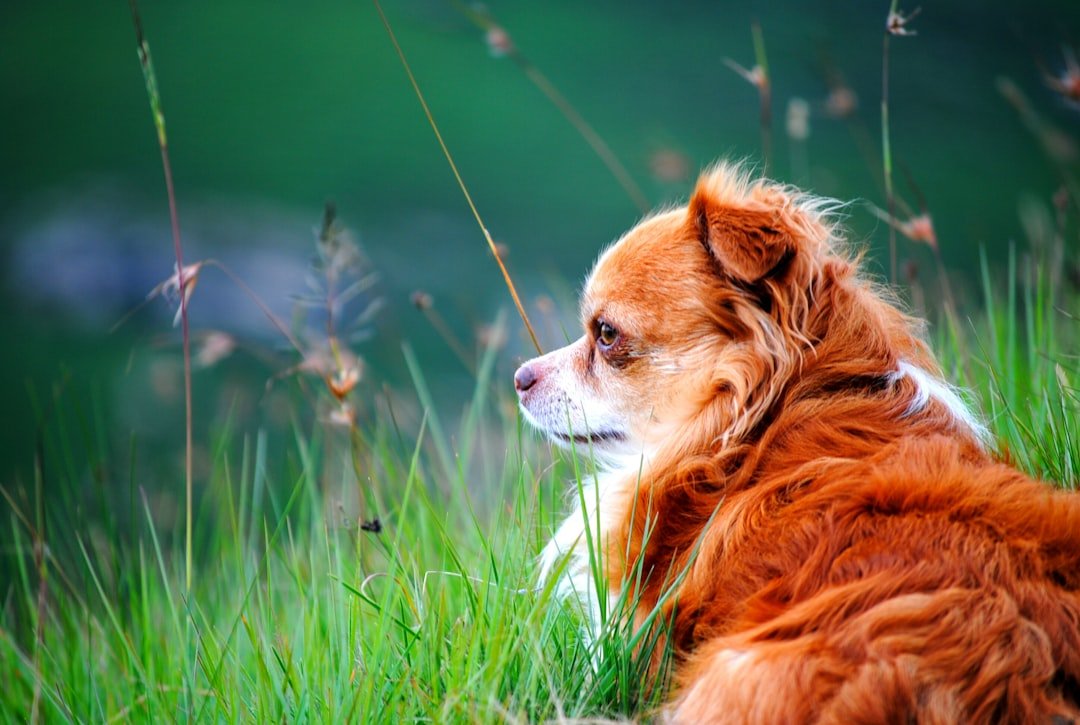
Understanding breed longevity isn’t about choosing dogs like we’re shopping for appliances. It’s about preparing our hearts and making informed decisions about the kind of journey we’re ready to take. Whether you’re blessed with two decades of Chihuahua sass or eight precious years with a gentle Great Dane, each relationship is complete in its own way.
While genetic codes do have an impact on the average lifespan of a dog, several other factors also influence how long a dog will live. Breeding practice – Certain breeds can be predisposed to certain health issues like hip dysplasia, respiratory problems, cancer, and heart conditions. Healthy and responsible breeding can mitigate these health risks; hence increasing the dog’s lifespan. Quality nutrition, regular veterinary care, appropriate exercise, and most importantly, abundant love can help any dog reach their full potential, regardless of their expected lifespan. Every tail wag is a gift, whether it comes from a twenty-year-old Toy Poodle or a seven-year-old Mastiff. The love they give us isn’t measured in years – it’s measured in moments that last forever in our hearts.
Did you expect such dramatic differences between breeds? What surprised you most about these lifespan ranges?





